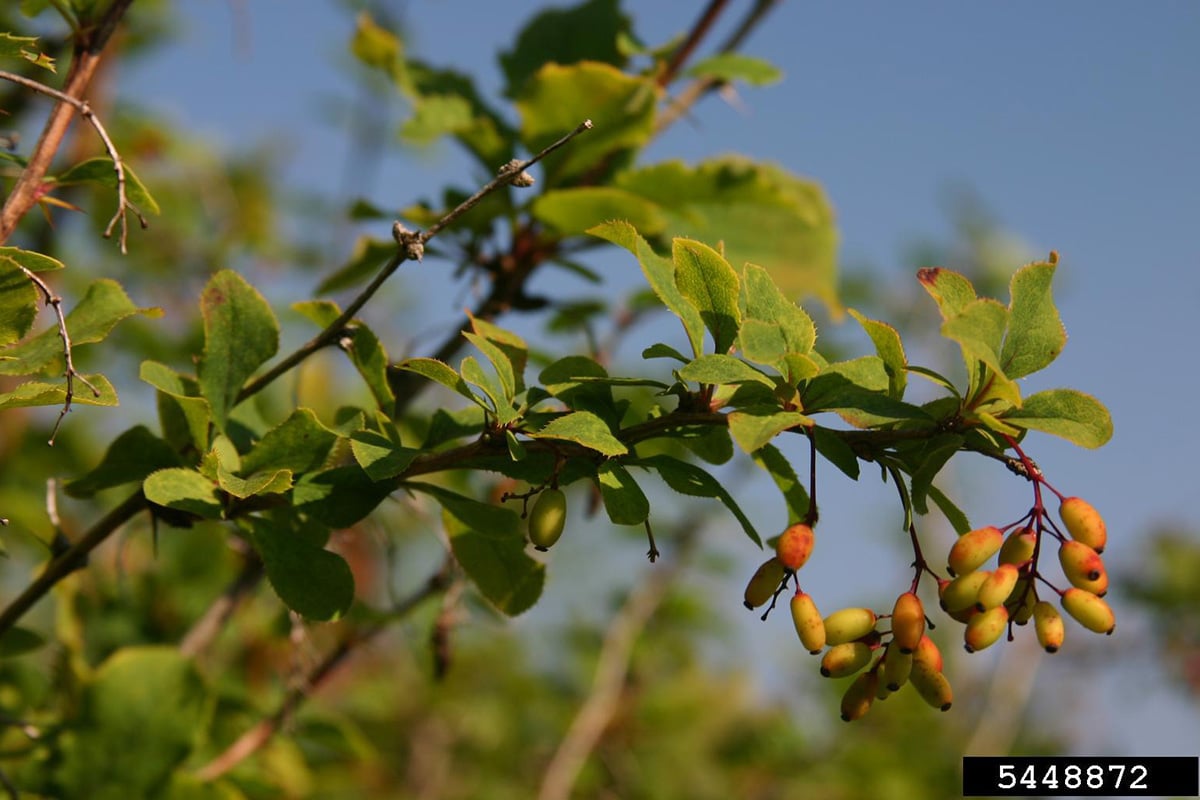Invasive Plants in Massachusetts
Common Barberry
About Common Barberry
Common barberry (Berberis vulgaris) is an upright shrub from Europe that grows to 10 feet tall, although most plants are less than 6 feet tall. It has distinctive three-part thorns, produces hanging clusters of yellow flowers in May and June, and red fruits in late summer and fall.
The Problem
Common barberry produces large numbers of fruit that are eaten by birds, which then spread the seeds across the landscape. Common barberry invades fields, forests, and wetland edges. It was widely eradicated in the late 19th and early 20th centuries but persists and remains a threat.
The Solution
Small plants can be hand pulled. Thick gloves are needed when working with barberry due to the presence of numerous sharp spines. Systemic herbicides are effective when applied as a foliar spray or to freshly cut stumps. Barberry may be found growing in wetland areas subject to the Massachusetts Wetlands Protection Act. Anyone planning control work in wetland areas should first check with the conservation commission of the community where the work will be performed. Always read and follow the directions on the label when using herbicide. In wetlands, only herbicides registered for use in wetlands should be used.
Pictures of Common Barberry
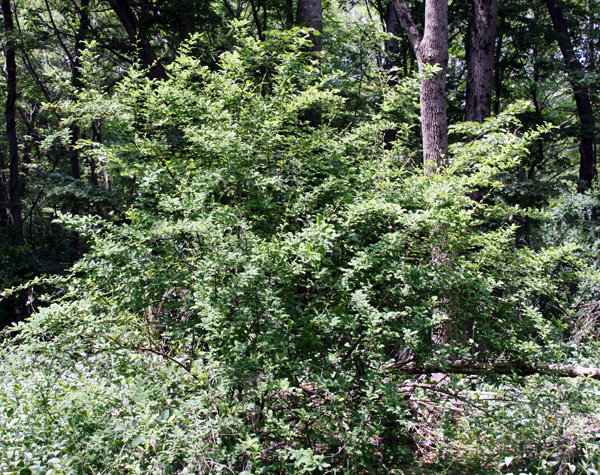
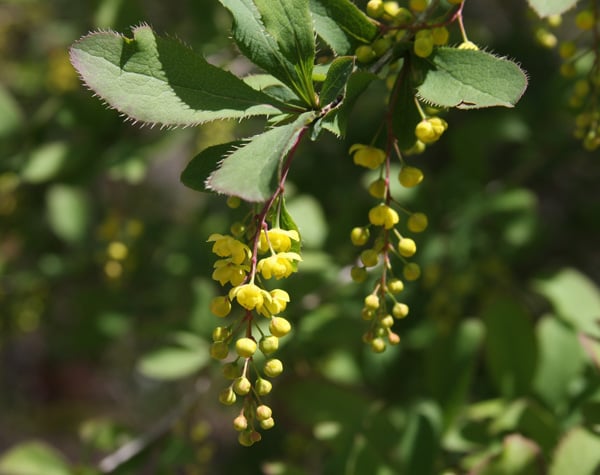
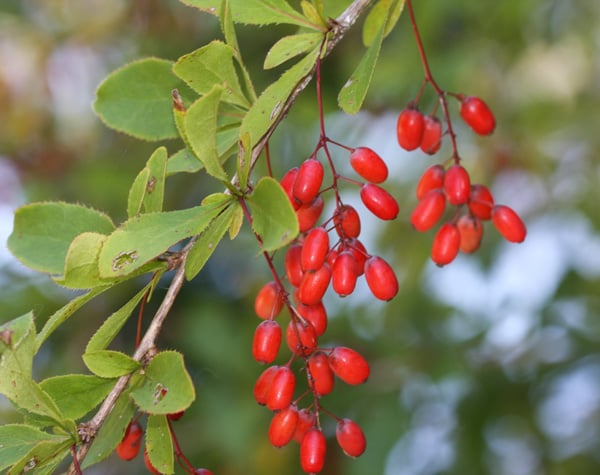
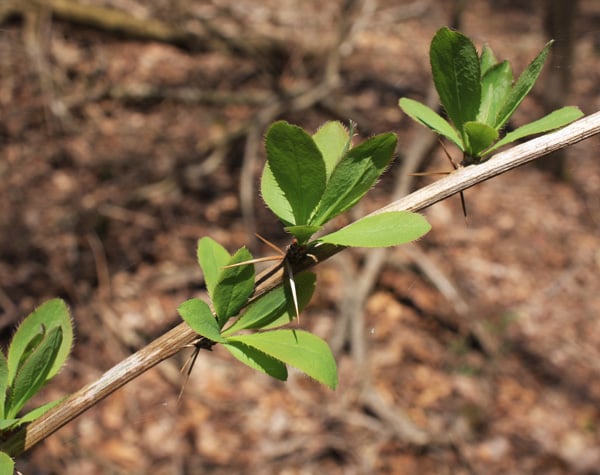
Stay Connected
Don't miss a beat on all the ways you can get outdoors, celebrate nature, and get involved.



